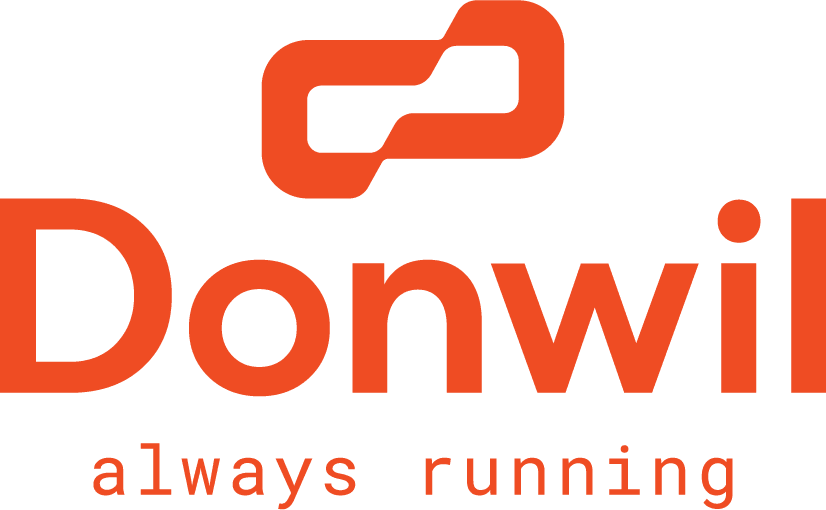Disaster Recovery Checklist: How to Prepare Your Facility for the Worst
No one ever plans for disaster to strike. Between natural disasters, hardware malfunctions, or even employee error, disasters are unavoidable and never happen at a convenient time. When it comes to planning for a disaster, it’s best to prepare for the worst. Preparing for the worst means having a Disaster Recovery Plan in place for when your organization has a disruption in power, internet, phone, or complete operational shutdown.
Objectives of A Disaster Recovery Plan
A Disaster Recovery Checklist is meant to help your business stay ahead of problems that will occur because of loss of power, internet and potentially result in a loss of data. To avoid production and financial loss, your Data Recovery Plan should:
Minimize Risk
The first step in creating your recovery plan and checklist is to assess your potential risk. If a natural disaster were to hit your business right now, what vulnerabilities are you facing? Think about your business location. Are you at risk for hurricanes, tornadoes, or fires? Do your winters bring heavy snow resulting in power outages?
Help Resume Operations Quickly
Your systems will need to be available to your team and customers as soon as possible. Your plan should include solutions for accessing your system without needing physical access.
Maintain Compliance
Consider regulations you may have to follow to reduce the risk of penalties for failing to meet compliance obligations.
Address Team Concerns
When developing your plan, include the team members on the front lines to get their ideas on handling this with your customers. Include leaders, owners, and investors to help them feel at ease when disaster strikes and involve them in planning, so they know an action plan is in place when something happens. This will also help you communicate the steps you are taking as disaster hits without getting questions and input from these parties in the midst of a disaster.
Disaster Recovery Checklist
Determine Your Recovery Time Objective (RTO) and Recovery Point Objective (RPO)
The first thing you should do is determine your RTO and RPO. Consider the amount of time you need to recover all applications and the age of the files that must be retrieved for normal operations to resume. Setting these goals might require input from multiple departments to best assess your organization’s needs. Your RTO and RPO will help you assess the essential solutions to survive a disaster or data breach and keep your data recovery costs low. They will also help determine what hardware and software configuration you need to recover your workloads.
Assess Physical Equipment
Take an inventory of your hardware and define what equipment is essential to avoid the costs of downtime. Coordinate with your facility or building manager to assess your physical building elements such as power, heating, ventilation, and air conditioning to identify a potential situation in which risk may be present. Identify hardware equipment that you can’t do business without.
Outline Response Procedures
Clearly define your recovery strategy and procedures so your team will know how to react if a data breach or outage occurs. Write down guidelines for how your team should handle communication, data backup procedures, instructions for a response strategy, and post-disaster activities such as contacting customers and vendors. Document every detail and keep full transparency with your team to ensure everyone understands their role in the recovery process.
Create a Crisis Communication Plan
In the event of a disaster, you want to have a clear strategy for communicating with employees, vendors, suppliers, and customers. No matter the size of your company, keeping everyone informed on the status of your data outage or breach will help maintain consistency in rebooting your systems and keep you focused on identifying the problem, not responding to worried parties.
Need Help with Your Disaster Recovery Plan?
Unexpected failures and natural disasters can pose serious hazards with potentially devastating effects. Planning for these disasters will help you minimize the cost of outages associated with them.
Need help working through your disaster recovery plan? Contact us to schedule a call with one of our engineers and learn how we can help you protect your data center.

